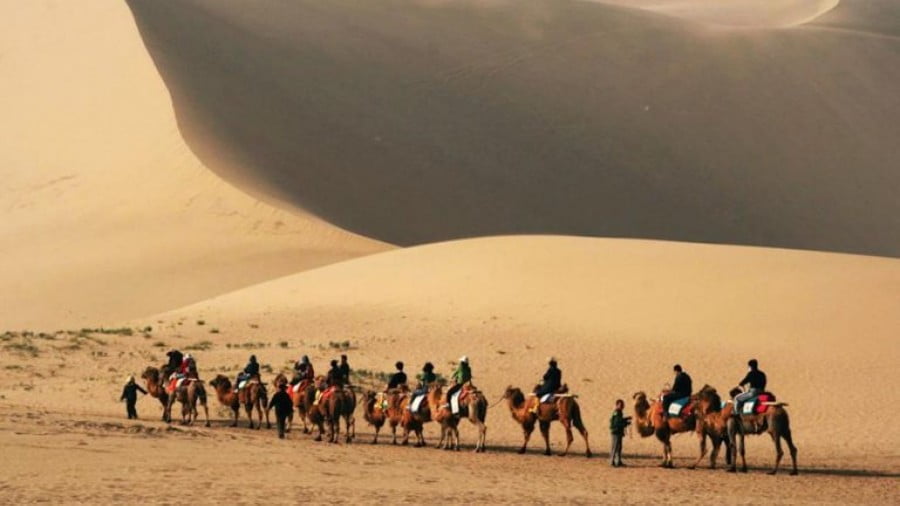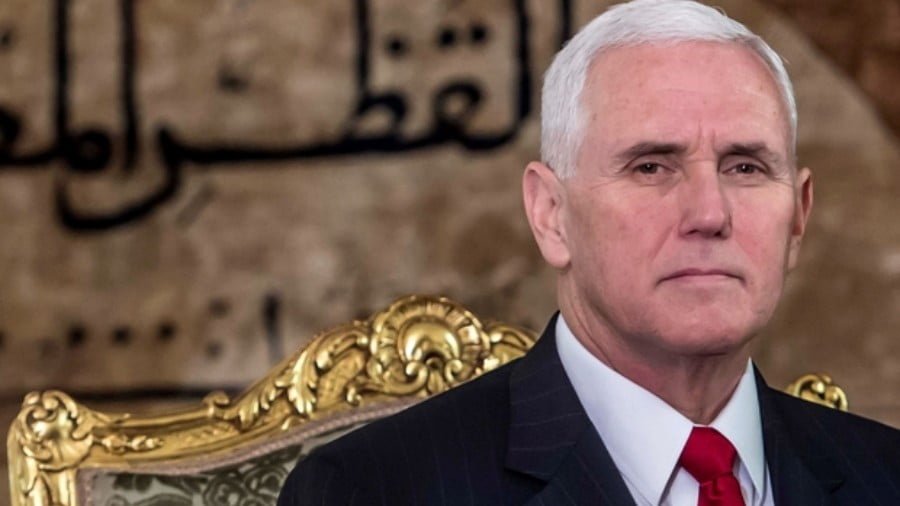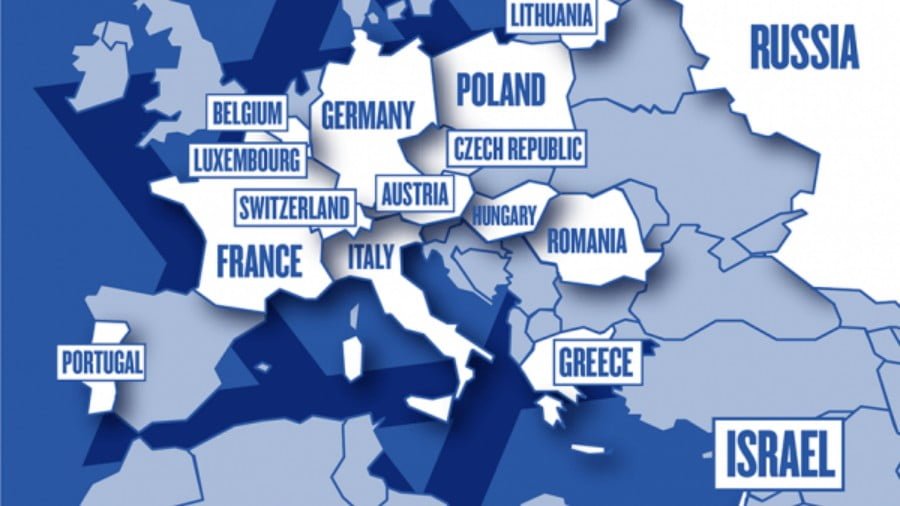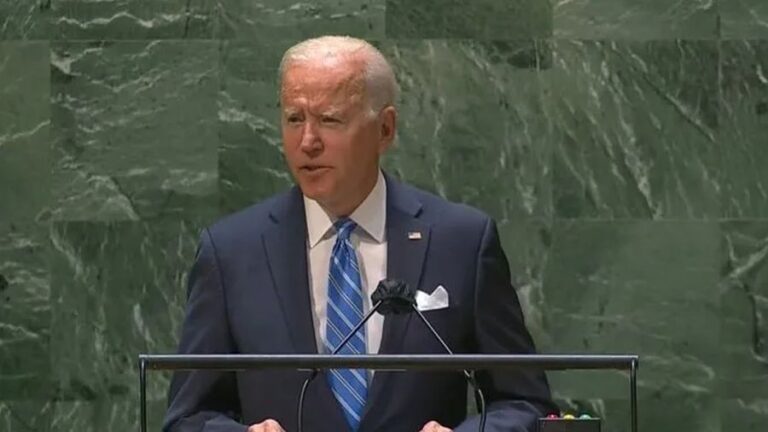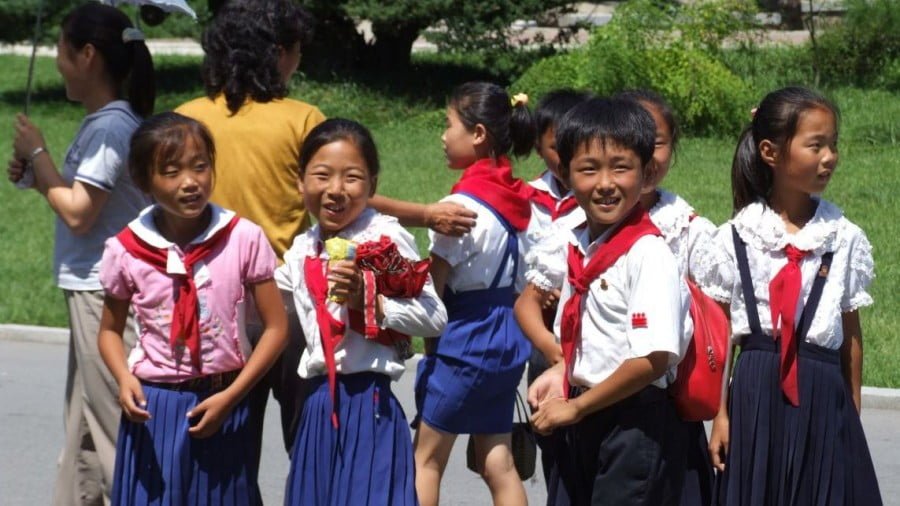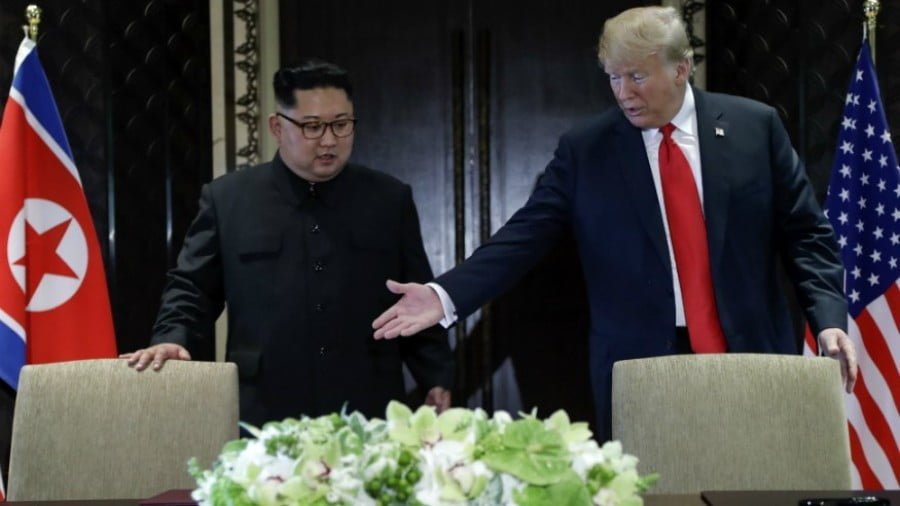Return of Great Game in Post-Soviet Central Asia
The recent Issue Brief by the US-China Economic and Security Review Commission entitled The Shanghai Cooperation Organization: A Testbed for Chinese Power Projection takes a close look at the Chinese security footprint in Central Asia and its political dimensions. A perception has grown over the most recent years amongst great game watchers generally, especially the US analysts, that China is gobbling up Central Asia. On the contrary, this report takes a contrarian view.
By the way, the US-China Economic and Security Review Commission, headquartered in Washington, DC, is a congressional commission of the United States government, which was created in October 2000 with the legislative mandate to monitor, investigate, and submit to Congress an annual report on the national security implications of the bilateral trade and economic relationship between the US and China, and to provide recommendations, where appropriate, to Congress for legislative and administrative action.
This Issue Brief appeared in the second week of November at a time when the US-China relations have hit an all-time low level in all its history since the normalisation in the early 1970s. Yet, interestingly, it eschews hyperbole or propaganda. The report estimates that Beijing almost single-mindedly uses the grouping to safeguard its national security interests and is not pursuing any geopolitical agenda.
The Issue Brief’s conclusions can be summarised as follows:
i) In recent years, Beijing has increased security cooperation with Central Asian countries under the auspices of the SCO to insulate itself from perceived threats in the region. Beijing is using the SCO to enhance its ability to project power beyond its borders.
ii) The SCO military exercises offer a unique opportunity for the Chinese armed forces to practice air-ground combat operations in foreign countries, undertaking a range of operations including long-distance mobilisation, counterterrorism missions, stability maintenance operations, and conventional warfare.
iii) Beijing has used the SCO to extend its defensive perimeter into Central Asia.
iv) Russia and China have used the SCO to leverage the eviction of US military bases in Central Asia.
v) Following the induction of India and Pakistan as SCO members, the grouping’s potential to challenge US interests in a coordinated way may have diminished; and,
vi) Beijing’s fears of instability and terrorism have grown, which prompted it to step up cooperation with SCO in relation to the Afghan situation.
Since 2016, the People’s Armed Police, part of China’s armed forces, has operated an outpost “in Tajikistan’s Gorno-Badakhshan province bordering Afghanistan’s Wakhan Corridor for joint counterterrorism border patrolling with Afghan and Tajik forces. However, this stems from the Quadrilateral Cooperation and Coordination Mechanism on border security comprising Tajikistan, Afghanistan, Pakistan and China.
Clearly, the above findings do not add up to anything earthshaking. It is well-known that the SCO was created primarily as a security organisation with the stated objectives of combatting terrorism and instability. Its original aim was to strengthen political ties between the member states, promote border security, share intelligence and counter terrorist threats. In later years, SCO also began turning attention to expansion of economic cooperation, but without any big success stories to mention so far.
What emerges is that the common narrative that China is overshadowing the Russian security presence in Central Asia lacks any empirical evidence. Russia is still the only extra-regional power that maintains a military base in Central Asia (in Tajikistan) and also heads a CSTO base (in Kyrgyzstan).
Russia’s sensitivities are historical. The Russian and Chinese shadows in the region historically overlapped. The Russian incursions into Central Asia date back to the 17th century. The first Russia-China treaty over Central Asia was concluded in 1689 allowing the Russians to enter China for trading in commodities (eg., tea, silk, porcelain, etc.) that had tremendous market in Europe, while in return, China got additional territory in Central and Inner Asia.
The Czarist Russia’s incremental takeover of Central Asia continued through the 18th century, and by 19th century, the region had come under Russian control. In 1868 Czarist Russia made Tashkent its ‘capital’ in the Central Asian region. China was ahead of Russia by moving into Xinjiang roughly a century earlier.
Indeed, riots and revolts and opposition to foreign powers continued in the Central Asian region through the 19th century and right into the 20th century. Meanwhile, Great Britain also appeared on the horizon in the 19th century, trying to build a buffer zone to protect India, particularly from Russia, by expanding into areas of Nepal, Bhutan and Sikkim, apart from trying to expand into Tibet and Afghanistan.
These activities were later referred to as the Great Game. The Great Game receded in the 20th century with the Bolshevik Revolution in 1917 and the emergence of Soviet Central Asia. An Iron Curtain descended over Central Asia so much so that in 1988, hardly three years before the Soviet Union itself disappeared, Moscow made a great exception for its close friend India by allowing it to open a consulate in Tashkent! Needless to say, Central Asia was out of bounds for China through the Soviet era.
The above recap is in order to bear in mind that Russia and China’s present-day co-habitation in Central Asia has a profound historical backdrop. China was quick on its feet to accord diplomatic recognition to the newly independent Central Asian republics in 1991 and establish its embassies in the five ‘Stans’.
It took only a few years for Beijing to create the necessary legal underpinnings of state-to-state relations — despite the fact that the institutions of governance in the new ‘Stans’ were far from formed. On a parallel track, discussions also commenced on the boundary disputes with Kazakhstan, Kyrgyzstan and Tajikistan.
The Chinese diplomats assigned to the region accomplished a lot in a short period of time. Looking back, the colourful Central Asia tour by President Jiang Zemin in 1996, the first by a Chinese president to the region, was a sort of victory lap during which, in his inimitable way, the Chinese leader spread petals of goodwill all across the steppes.
Right from the outset, Beijing attributed high importance to the Central Asian region from the perspective of China’s national security and development. It began by building the sinews of a tight partnership with the ‘Stans’ in battling the three ‘evils’ of terrorism, separatism (or ‘splittism’) and religious extremism.
Unsurprisingly, through the 1990s, China’s economic influence and geo-political interest in Central Asia also kept steadily increasing. However, Beijing proceeded very cautiously, wary of treading on Russian sensitivities in a region which Moscow saw as its traditional sphere of influence.
The good part was that there was no major conflict of interests insofar as China and Russia had common concerns in regard of the security and stability of Central Asia. Much of Beijing’s diplomacy with the Central Asian republics (including later in the ‘Shanghai Five’ forum comprising China, Russia, Tajikistan, Kazakhstan and Kyrgyzstan) was conducted in the full view of the Russian neighbour, which gave a transparency to the Chinese intentions as Beijing enthusiastically co-operated in the joint statements on common resistance to radical Islamist groups.
China co-ordinated with each of its Central Asian republic neighbours as well in intelligence sharing and anti-terrorism activities targeting anti-Chinese Uighur and Kazakh elements in Central Asia. From the Central Asian perspective, China appeared as a model of successful transition from a centrally controlled to a market economy, which was broadly the trajectory chosen by the former Soviet republics too.
Possibly, the Central Asian political elites also regarded as a useful counterweight to Russia and the West, and a potential investor as well as customer for Caspian energy resources. Above all, their comfort level Beijing was high, given China’s scrupulous adherence to non-interference in the internal affairs of other countries — and, in the central Asian context, its non-prescriptive approach to issues of human rights, authoritarianism and so on.
By the end of the 1990s, much before the Belt and Road was rolled out in 2013, China had already outbid Western companies and invested nearly $1 billion dollars in two Kazakh oil fields; this outlay eventually rise to manifold as the fields were developed. Beijing’s China National Petroleum Corporation signed an agreement to consider building a 2,500-mile pipeline to carry Kazakh Caspian oil across Kazakhstan to China’s north-east.
China publicly supported the revival of the East-West Silk Road. All in all, China was systematically staking its own economic and political claims in Central Asia. Already by 2000, three of the five Central Asian republics had more trade with China than Russia.
On the other hand, China was careful to balance its accumulating presence in Central Asia with its improving relations with Russia through the 1990s, while also retaining its strategic relationship with Pakistan. China never stopped leveraging its close and friendly relations with Pakistan as a hedge against the radical Islamist groups based on Pakistani soil, including militant elements from Central Asia and Xinjiang.
In later years, it came as no surprise that Russia also began copying the Chinese experience to seek Pakistan’s help to neutralise security threats from the extremist groups operating in the region. China’s eagerness to induct Pakistan into the SCO — and Russia’s support for it — can be put in such a perspective, and inevitably, it eventually brought China, Russia and Pakistan onto the same page as regards their common stance on the imperative need of reconciliation with the Taliban as a key template of settlement in Afghanistan.

